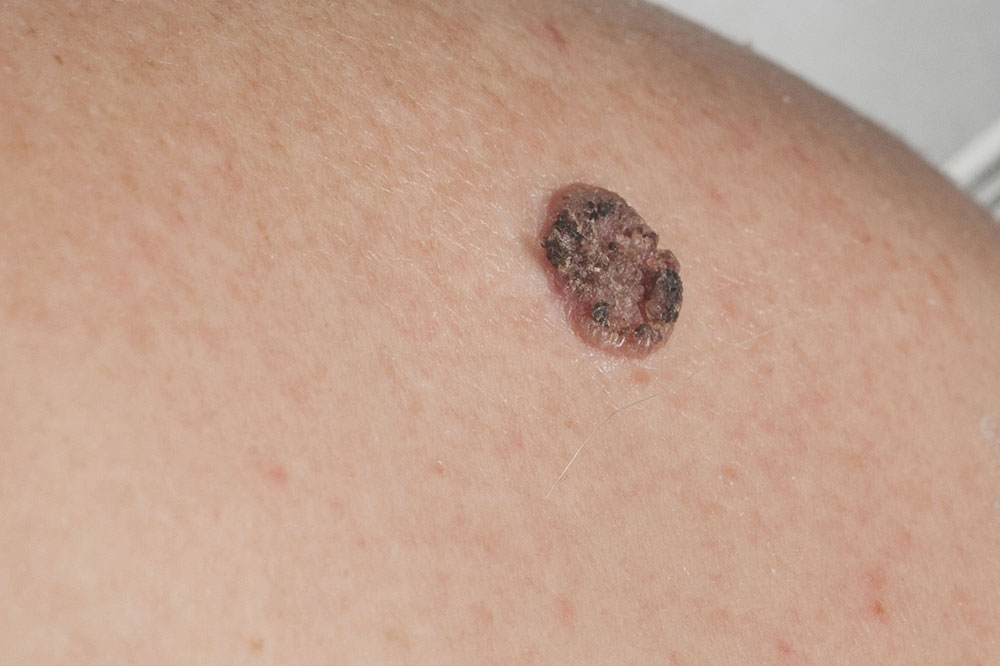Understanding Advanced Melanoma: Symptoms and Treatments
This article provides comprehensive insights into stage four melanoma, highlighting its symptoms, diagnostic methods, and treatment options. Early detection and tailored therapies are essential for effective management of this advanced skin cancer. Learn how to recognize symptoms and explore current treatment strategies to improve prognosis.
Sponsored

Melanoma is the deadliest form of skin cancer, arising from abnormal pigment-producing cells due to factors like UV exposure. It often appears as dark moles that may change in appearance over time. Early detection is crucial for successful treatment. When melanoma reaches stage four, it signifies that cancer cells have spread beyond the lymphatic system to vital organs such as the lungs, liver, bones, brain, and stomach. Recognizing symptoms and seeking prompt medical attention are vital for effective intervention.
In advanced stages, melanoma lesions may evolve, feeling firmer or thicker. The lymph nodes may become enlarged, feeling hard or lumpy, indicating metastasis. Skin around the tumor may break or ulcerate, sometimes bleeding. Diagnosing stage four melanoma involves blood tests, ultrasounds, and biopsies to assess spread. Regular self-checks using the ABCDE method help detect changes early.
A – Asymmetry: spots that are uneven or asymmetrical
B – Border: irregular or blurry edges
C – Color: multiple shades or unusual pigmentation
D – Diameter: larger than a pencil eraser
E – Evolution: any changes in size, shape, or color
Treatment options depend on tumor location, spread extent, patient health, and response. Methods include:
Surgical removal: excising tumors and nearby lymph nodes.
Chemotherapy: using drugs, orally or intravenously, to kill cancer cells.
Radiation therapy: employing energy beams to target affected areas, often post-surgery or for symptom relief.
Immunotherapy: boosting the immune response to fight cancer.
Targeted therapy: medications tailored to genetic mutations within cancer cells.
Ongoing clinical trials are also exploring treatments for inoperable melanoma. Early diagnosis and personalized treatment are key to improving outcomes in advanced cases.






